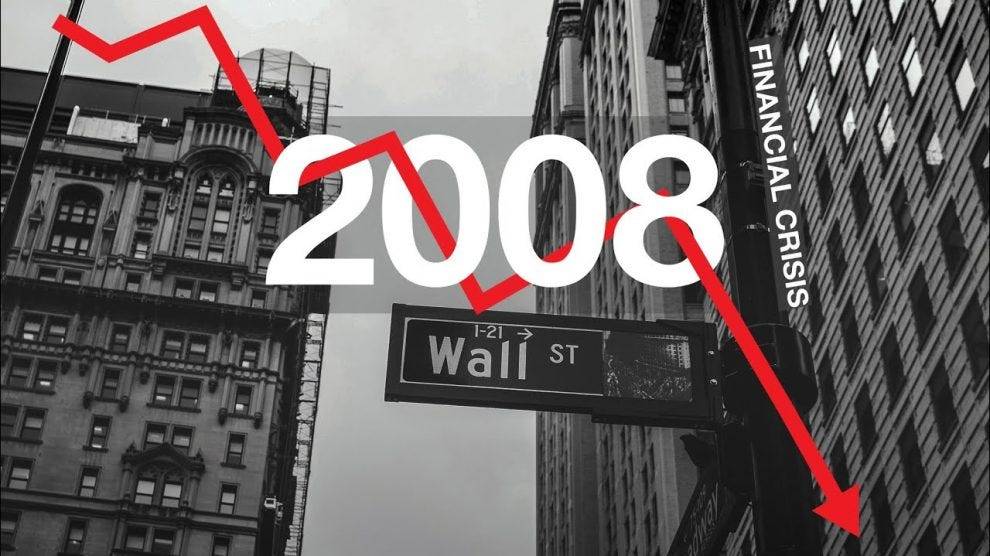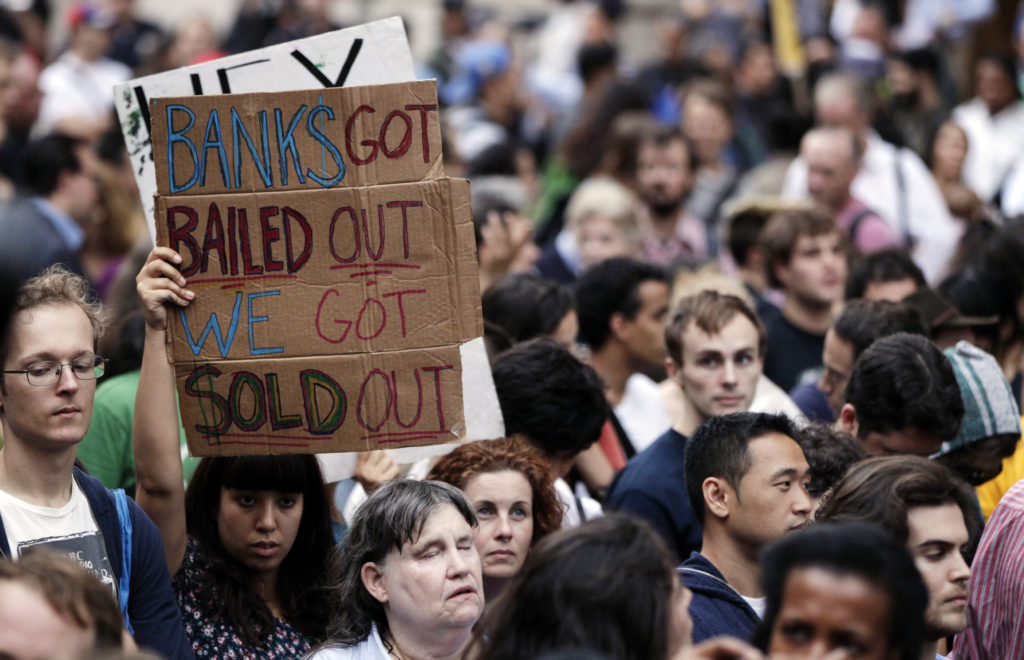The Financial Crisis 2008: What Happened and Why It Matters
The financial crisis 2008, also known as the Global Financial Crisis, was one of the worst economic downturns in modern history. It started in the United States but quickly spread around the world, causing widespread financial turmoil. This article breaks down what led to the crisis, what happened during it, and its lasting effects in a way that’s easy to understand.

The crisis began with a housing market boom in the early 2000s. Low interest rates made it cheap to borrow money, so many people bought homes. Banks and other lenders were also giving out risky loans, called subprime mortgages, to people with poor credit. These loans were packaged into investments called mortgage-backed securities (MBS) and sold to investors around the world. By 2008, the value of these investments was estimated at over $7 trillion. Because credit rating agencies gave these investments high ratings, they seemed safe—but they weren’t.
At the same time, changes in financial rules allowed big banks to take on more risks. A key example was the repeal of the Glass-Steagall Act in 1999, which had kept commercial banks separate from investment banks. This led to riskier financial activities. Outside of traditional banks, a “shadow banking” system of hedge funds and investment firms was also growing, and these groups operated with little oversight. The shadow banking system was estimated to be worth $60 trillion globally before the crisis hit.
By 2007, trouble was brewing. Housing prices stopped rising and started to fall, making it hard for people to sell their homes or refinance their loans. Many subprime borrowers couldn’t keep up with their mortgage payments, and defaults skyrocketed. This caused the value of MBS and other investments tied to housing to collapse, leading to huge losses for banks and investors. The situation got worse in March 2008 when Bear Stearns, a major investment bank, almost failed and had to be sold off to JPMorgan Chase with help from the Federal Reserve. Bear Stearns’ bailout involved $30 billion in government-backed loans.
The real tipping point came on September 15, 2008, when Lehman Brothers, another major investment bank, declared bankruptcy. Lehman had $600 billion in assets but could not cover its massive debts. This event sent shockwaves through the global economy. Stock markets crashed, banks stopped trusting each other, and lending froze. Another giant, AIG (American International Group), was on the verge of collapse and had to be rescued by the government with a $182 billion bailout because it was tied up in risky financial bets called credit default swaps.
In response, governments and central banks around the world stepped in to stop the crisis from getting worse. In the U.S., the government launched the Troubled Asset Relief Program (TARP), which provided $700 billion to stabilize banks. The Federal Reserve and other central banks took unprecedented steps, like lowering interest rates to near zero and pumping money into the financial system through a process called quantitative easing. The Federal Reserve alone added $3.5 trillion to its balance sheet during this period. Despite these efforts, the global economy entered a deep recession. Millions of people lost their jobs, homes, and life savings. In the U.S., unemployment peaked at 10% in October 2009, and over 8 million homes were foreclosed.
Effects of Crisis on Economy
The crisis led to major changes in how financial systems are regulated. In the U.S., the Dodd-Frank Act was passed in 2010 to tighten rules for banks and protect consumers. Around the world, governments pushed for stricter oversight of financial markets. At the same time, public outrage over the crisis fueled movements like Occupy Wall Street, which protested against economic inequality and the power of big banks.

Recovery from the crisis was slow. While some countries rebounded quickly, others faced years of high unemployment and weak economic growth. The crisis showed how dangerous unchecked risk-taking and complex financial products can be. It also raised questions about whether bailouts encourage big companies to take risks, knowing they might be rescued if things go wrong.
The 2008 financial crisis was a wake-up call for the global economy. It highlighted the need for better regulation and more transparency in financial markets. More than a decade later, its lessons continue to shape economic policies and remind us of the importance of building a stable financial system.







Hi, this is a comment.
To get started with moderating, editing, and deleting comments, please visit the Comments screen in the dashboard.
Commenter avatars come from Gravatar.